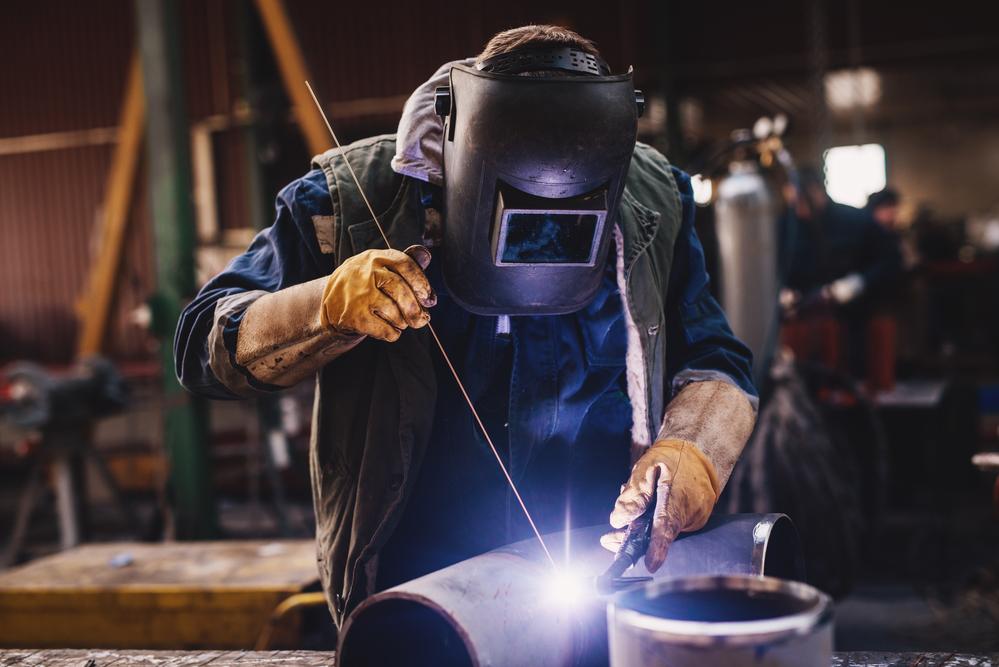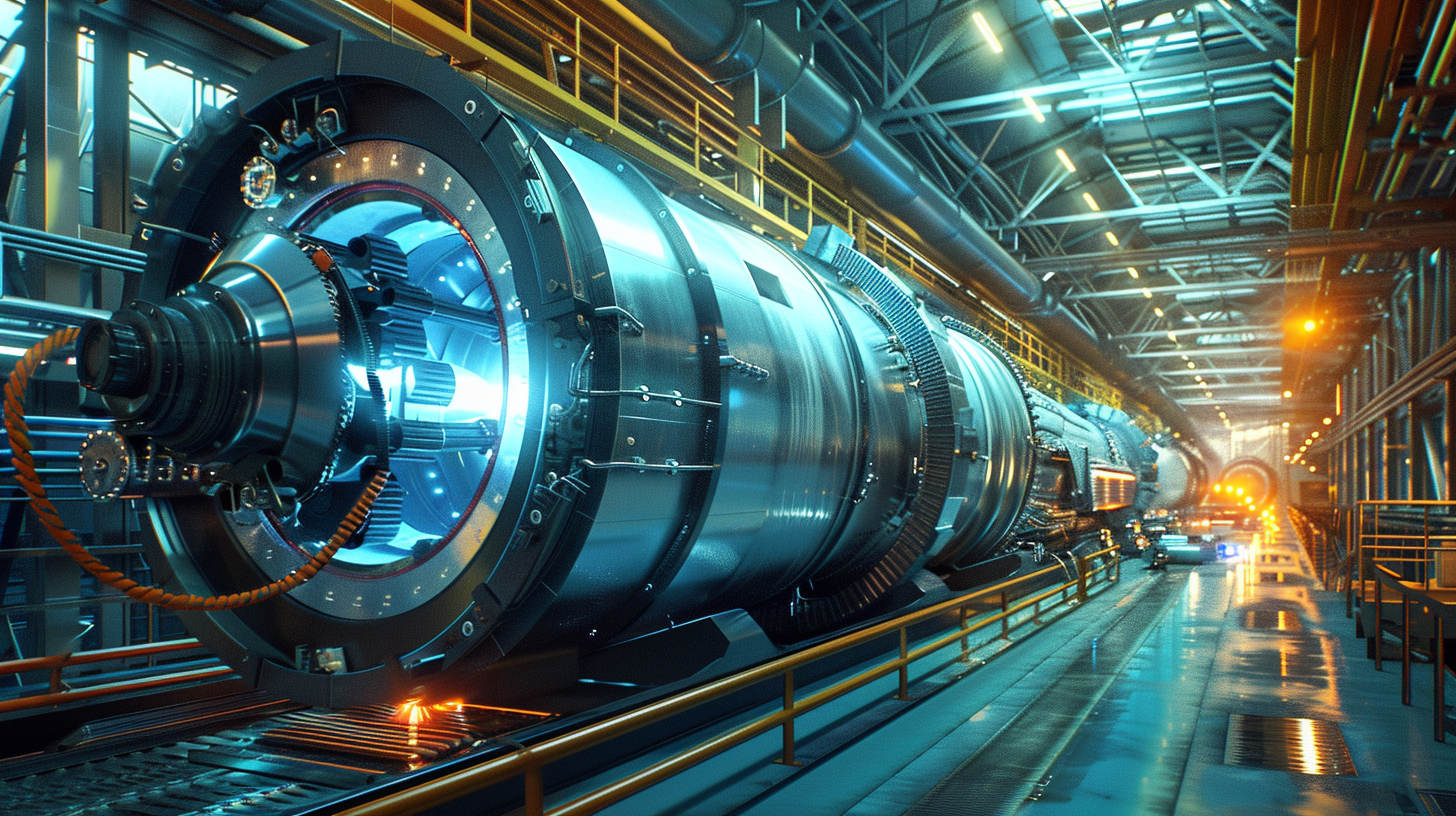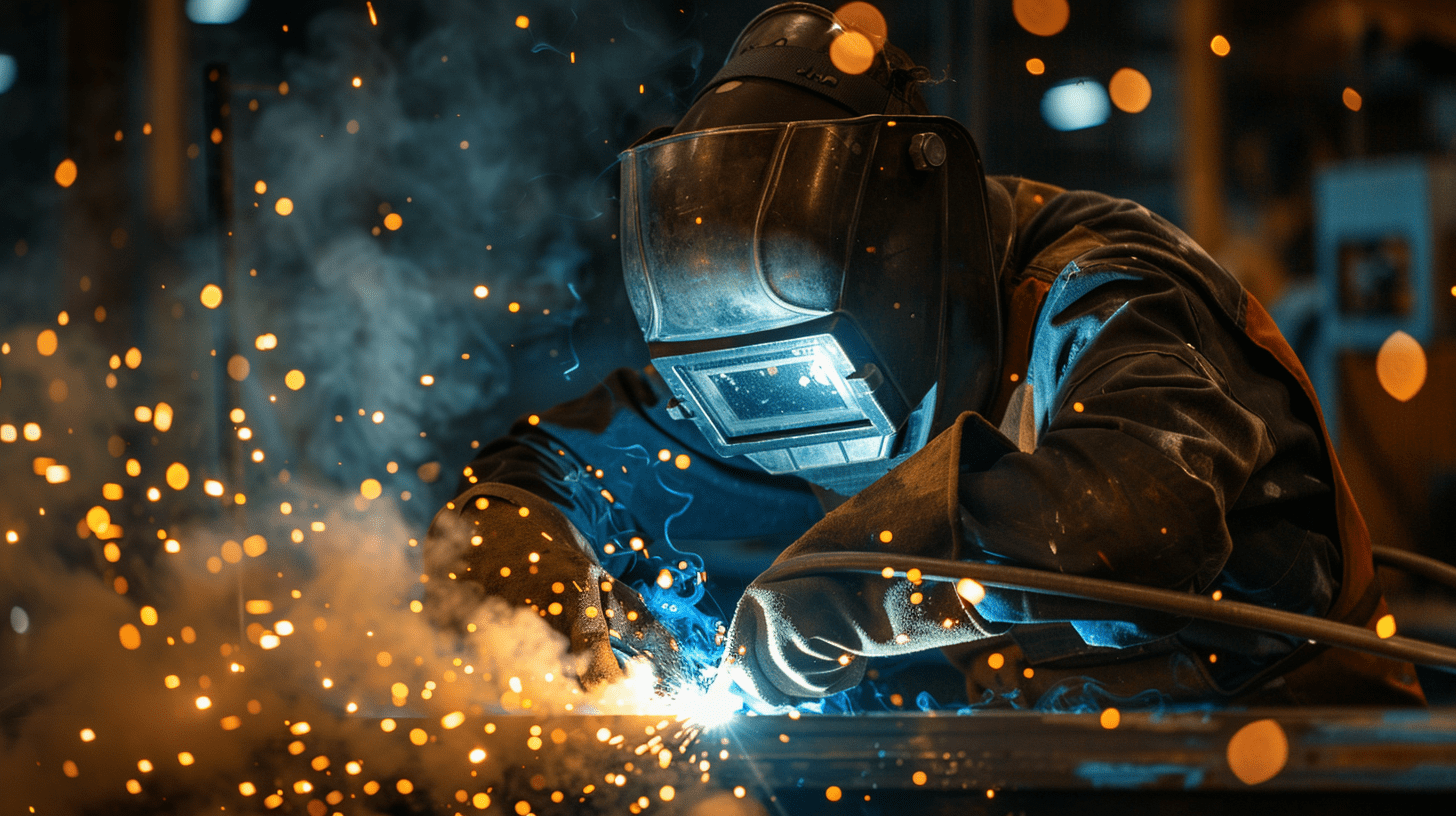Introduction
Arc Welding machine is used to melt and fuse metals with the help of electrical arcs. This process is considered ideal for various materials and thicknesses due to its efficiency and versatility. This machine is often used by many welders, both hobbyists and professionals.
Arc Welding Process for Heavy-Duty Fabrication
The basic function of the arc welding process is to create an electric arc between the electrode and the metal. The heat generated from this arc helps in melting the base metal and electrode too. This molten metal is then fused to achieve a permanent joint after it is cooled down. The process of arc welding includes 3 basic components which are as follows:
- Electrode: An electrode is a metal wire that is used as a filler material in arc welding processes. It can be melted into the weld due to heat or may remain intact despite the heat. Electrodes should be chosen according to the type of welding process used and metals that are supposed to be fused together.
- Arc: The electrical discharge formed between an electrode and a base metal is called arc. It is used to produce heat which helps in melting the metal. This arc needs a shield of inert gases or flux to prevent the weld from contamination.
- Shielding: Shielding is used to protect the welding arc and molten weld pool from gases such as oxygen and nitrogen as these gases can be harmful for the weld. The shielding process can be achieved using different elements such as flux coatings on electrodes, inert gases on methods like GTAW and active gases on methods like GMAW.
Factors to be Considered While Choosing an Arc Welding Machine
Below stated are some of the important factors that need to be considered while choosing correct welding machine for heavy-duty fabrication:
- Power Output and Voltage: It is both crucial and important to determine the power output and voltage of the arc welding machine. Most of those machines have a voltage of 110V or 220V. However, dual voltage machines are also available offering more flexible performance. It is advisable for beginners to use a 110V machine for light and small projects. Whereas, professionals can use 220V machines for more heavy and demanding tasks.
- Duty Cycle: A duty cycle is a performance matrix that is used to determine the amount of time a machine can operate smoothly before cooling down. This time period is determined in percentage at a specific amperage. For example, a duty cycle of 40% means it can run smoothly for 4 minutes at a specific amperage. It is advisable to use machines with high duty cycles for longer and continuous welding jobs.
- Weight and Portability: It is important to check the weight and portability of the arc welding machine if it is required to be moved to various job sites. Lightweight models are considered ideal for DIY projects as they require a minimal space. However, professional welders working in large spaces require powerful and heavy machinery.
- Weld Type and Material Compatibility: The welders need to ensure that the machine used by them is able to handle the materials and welding processes they are using. There are some machines that are designed only for specific materials such as mild steel or stainless steel whereas there are some general machines that can be used for various welding methods such as MMA, MIG or TIG.
Specifications of Arc Welding Machines of Heavy-Duty Fabrication
Some of the common and popular arc welding machines are LEO Welders ARC-120H, Forner Easy Weld 261, ESAB Rebel EMP215ic, Hobart Handler 210 MVP and Miller Thunderbolt 160. Some key specifications which are commonly considered while using all those machines are as follows:
- Voltage: Voltage of all those machines are in the range from 120V to 220V.
- Duty Cycle: The duty cycle of those machines ranges between 30%- 60% at the amperage of 90A-150A.
- Weight: The weight of those machines ranges from 19 lbs to 79 lbs.
- Type of Power Supply: There are two types of power supply in these machines. They are either inverters or transformers.
- Suitable For: Those machines are suitable for general fabrications, DIY, automotive, light projects, professional work and heavy-duty processes depending on their other specifics.
- Key Features: Some of the key features of those machines are portable, synergic, gasless, light weight, multi-purpose, durable, easy to control, high power output, etc.
Tips to Maintain Arc Welding Machines
It is essential to maintain the arc welding machines properly to extend their life span and quality of performance. Below stated are some of the tips to maintain those machines properly:
- Cleaning of Electrodes and Contact Tips: The regular cleaning of those parts prevents the machines from blockage and contamination and improves the quality of the welds.
- Inspection of Cables and Connections: Regular inspection of cables and connections helps in making sure that everything is in a working condition and properly tightened.
- Storage of Machines: Those machines should be stored in a dry place to protect it from moisture. This also protects the internal parts of the machine from damages.
- Checking the Cooling System: The cooling systems should be checked to avoid blocking of air vents or fans from debris.
Take Away
This is the brief explanation about the arc welding process in heavy-duty fabrications, factors and specifications that should be considered while choosing them and tips to maintain these welding machines. We hope this information will be effective for you. Please let us know through your valuable feedback and the suggestion in the drop box.




